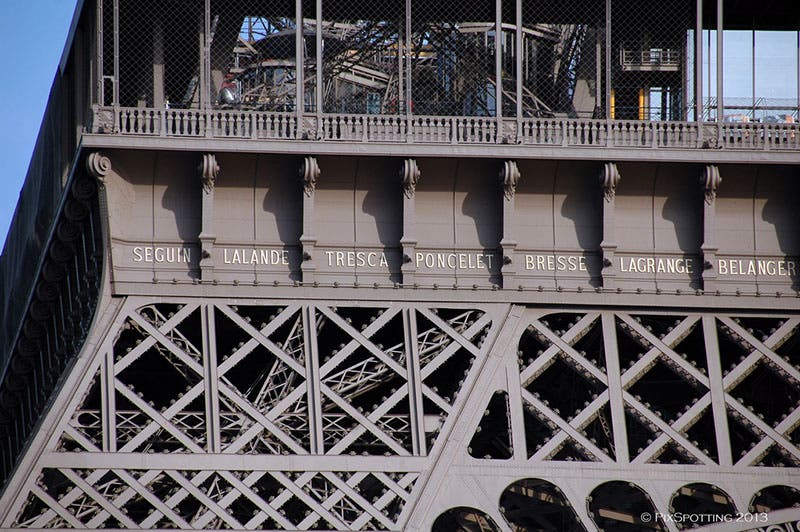Scientist of the Day - Joseph-Louis Lagrange
Joseph-Louis Lagrange, a French mathematician, was born Jan. 25, 1736. Lagrange worked in the field of what we now call celestial mechanics, building on the work of Isaac Newton and trying to determine exactly how bodies like planets and moons interact under their mutual gravitational attraction. In 1772, Lagrange discovered that when one body, such as the Earth, orbits another body, like the Sun, there are five points in space where a third body will feel no net gravitational pull from either Earth or Sun. Hence, it will tend to stay there. For example, it is fairly easy to imagine that, between Earth and Sun, there is a point where the pull of the Earth exactly balances the pull of the Sun, so an object there feels no force at all. We call this point Lagrange point 1. But there are four more Lagrange points, and the others are not quite so easy to picture, so here is a diagram to help you out (second image).
When we started putting up satellites for scientific purposes, it was realized that if one wants to study the Sun, then a perfect spot for such a spacecraft would be Lagrange point 1, since an observatory stationed there will look at the sun all day long, the Earth will never get in the way, and best of all, the solar observatory will tend to stay where you put it. SOHO, a solar observatory launched into orbit in 1995 (and still operational), is stationed at Lagrange point 1. If one wishes to observe deep sky objects, with no interference from sunlight, then Lagrange point 2 is ideal, and we have placed several satellites at that location, including the Herschel Space Observatory, which was launched in 2009 (and is not operational any more).
The other interesting Lagrange points are 4 and 5, especially if we shift our attention to Jupiter. These are points that lead and trail a planet in its orbit by 60 degrees, and they are easy marks for space debris, such as small asteroids, which wander into these locations and have no inclination to wander out. Jupiter has thousands of asteroids sharing its orbit at Lagrange points 3 and 4; they are called the Trojan asteroids. They are not a particular danger to anyone, since they aren't going anywhere. Here is an animation of Jupiter in orbit, with its thousands of gritty hangers-on (third image).
Lagrange, born in Turin in Italy, served as head of the mathematics section of the Academy of Sciences in Berlin for 20 years, succeeding the estimable Leonhard Euler. Eventually (1787), he moved to Paris, where he lived out the rest of his life, dying in 1813. Shortly after arriving in France, he published his Méchanique analitique (1788), a magisterial work that encompasses both classical and celestial mechanics and is on everyone's list of the 100 greatest books in the history of science. We have this work in our History of Science Collection.
Lagrange was buried in the Pantheon in Paris (not the Roman Pantheon that was the discussed in yesterday's Scientist of the Day). When Alexandre-Gustave Eiffel built his tower in 1889 and it was decided to inscribe the names of 72 great French scientists just below the first balcony, Lagrange was naturally included: you can see him on the northwest side, the one you view from the Trocadéro; his is the sixth name from the left (fourth image).
There is a statue of Lagrange in his birthplace of Turin, where we are reminded that this giant of French science was christened Giuseppe Luigi Lagrange (first image).
Dr. William B. Ashworth, Jr., Consultant for the History of Science, Linda Hall Library and Associate Professor, Department of History, University of Missouri-Kansas City. Comments or corrections are welcome; please direct to ashworthw@umkc.edu.






![“Aurora Borealis,” hand-colored wood engraving by Josiah Wood Whymper, [Natural Phenomena], plate 2, 1846 (Linda Hall Library)](https://assets-us-01.kc-usercontent.com:443/9dd25524-761a-000d-d79f-86a5086d4774/0245ffcb-b70c-477c-8792-0a73ebd54eb2/Whymper%2011.jpg?w=210&h=210&auto=format&fit=crop)


